No newcomer to big-mountain photography, Finland-native Tero Repo has influenced photography trends and captured images of some of the best backcountry and freeride skiers out there.
Now, he catches up with Backcountry from his home in Vollèges, Switzerland to talk about how he got his start, the travel perks and the tragic side to chasing his passion.
Backcountry Magazine: What drew you to photography as a profession?Tero Repo: In school (in Helsinki, Finland) back in the day, we had really cool video classes. We had an editing room, and I started filming with video cameras. When I was 18, when I finished school, my parents bought me a small camera. I was snowboarding and skateboarding back in the day so I started to shoot those kinds of photos. Then, when I was 20 years old, I thought that I would go spend a season in the Alps. I worked hard, made money and never really thought I would take photos as a professional. But after the first season, I thought, well why don’t I come back here for another season? Maybe I could sell some photos, maybe I could start to take some good photos and make money out of that.
BCM: What was it about action photography that called to you over other genres?
TR: When I started to take photos, getting some shots of my friends, it was all on film—no digital cameras at that time. When I really started to publish photos it was a lot of telemarking shots. My roommates were telemark skiers, and I didn’t care if someone was skiing or snowboarding or telemark skiing. It was a funny way to start it. A lot of people asked me, “You snowboard. Why are you taking telemark photos?” I was like, “As long as there is some action, it doesn’t matter what the action is.”
BCM: What is your favorite place to work? Why?
TR: It has to be Greenland or Japan. I don’t know why really. I have been to Greenland only once and Japan twice, and I don’t think I took my best photos on those trips, but somehow I always want to return. To me, it’s the culture. Japanese culture is strong, and I like it. I like the food. I like seafood, and I like fishing. I like Greenland because the terrain is amazing, and I would like to return there one day.
BCM: What is the best part of being an action photographer?
TR: It must be the traveling. I am so lucky to travel. I have been to Greenland, Japan. I have been to Africa twice, Alaska quite a few times. You meet great new people; you meet cultures. It is like going to school, but you make money out of it.
BCM: What is the funniest thing that happened to you while shooting?
TR: It must be the day I was shooting in Verbier with Xavier de Le Rue, the snowboarder. It was me and the filmer. We were shooting from a cable car, like a heli angle. Xavier was doing this couloir, and we were like, “OK, well Xavier is done, let’s go get a beer.” Me and the filmer, we get there [to the bar], and we get a call from Xavier who is like, “Where are you guys? I am standing here with the rope, ready to rappel in.” And we were like, “Oh no! We are here at the bar!” So there was some kind of miscommunication. He thought we were still shooting one of the couloirs, and we thought we were done. It was pretty embarrassing, and he wasn’t too happy, but he showed up for a beer. We ended up reshooting that spot a month after.
BCM: What is your least favorite part of being an action sports photographer?
TR: The fact that you meet all these people that become really close to you. Then, it might be the day after that, you hear that person died in an avalanche. It’s really hard in those moments, and you will never be ready for them. It has happened quite a few times since I started shooting photos with athletes. Those people know the risks, but as a photographer, I will never get over those moments. Andreas Fransson was a good friend of mine. I talked to him so many times about this. There is nothing you can do, but you are working with these guys that are pushing the limits and living on the edge.
BCM: In what way has safety been a concern for you?
TR: I’m not much into skiing anymore. I don’t go for myself; I just ski with my kids. I used to be one of those guys who only skied clean [untouched] couloirs, and then in 2001 or 2002, I was in an avalanche and a friend had to come dig me out. I changed quite a lot after that. I still love shooting skiing and snowboarding, but I don’t [consider] pushing my limits worth it. I still love the sport. But for me it’s not the thing anymore. I prefer to play ice hockey or go skateboarding.
BCM: Do you have any trips planned that you can tell us about?
TR: We have a junior athlete film project with Jeremy Bernard about a young Swiss kid who has done well on the Freeride World Tour. He is trying to do 15, 4,000 meter peaks in the Alps. They are very traditional, extreme lines that he wants to ski with more of a freeride style—fast, big turns instead of jump turns. That is my biggest focus for the winter.
BCM: What is the most spectacular thing you didn’t catch on camera?
TR: It was when I did a film project with Xavier de Le Rue and Sam Anthamatten—we were in Svalbard [Norway]. One of the last days, the guys picked this really nice line that ended in a 20-meter rappel. It was around midnight; there is a lot of light up there that time of day. It was so beautiful, and the filmer and I were just hanging out on the other side of the glacier. We could see the clouds coming up.
The guys were like, “OK, we are ready to drop in.” Right when they dropped in the clouds came in and we couldn’t see anything. I was like, “I can’t believe this! I have been here for two weeks, sleeping in a tent, freezing!” I wasn’t upset; I was just so disappointed. I missed the best shot of the trip because the stupid clouds came in. The filmer caught the shot from the paraglider because they were above the clouds, but that was when I was like, “Ugh! Let’s go home!” But you can’t go home because you are 180 km from the closest town.
BCM: How would you define your photographic style?
TR: When I started shooting big mountains, when I first started going out with Xavier de Le Rue, Jeremy Jones and all of those guys, I didn’t care about the trends, about how other photographers were shooting. I was shooting really wide, and the athletes were really small. And I remember, some European magazines got back to me and were like, “Great shot but we’re not going to run it because the skier or snowboarder is too small.” I was like, “OK, fine.” But I never really changed that. I still kept shooting like that. That was the big breakthrough for me. At some point, American magazines started to publish the photos and the European magazines realized that this was the new thing.
—
For more of Tero’s work, head to terorepo.com.


![Tero Repo trades SLRs for salmon in Lapland, Finland. [Photo] Arska Saarimaki](https://backcountrymagazine.com/wp-content/uploads/2015/10/tero_feature1-708x400.jpg)

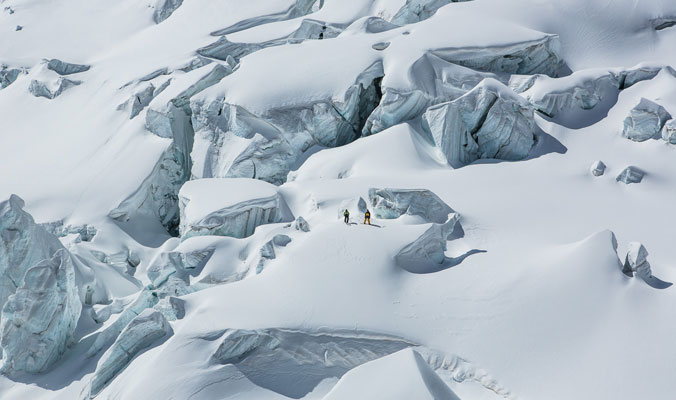


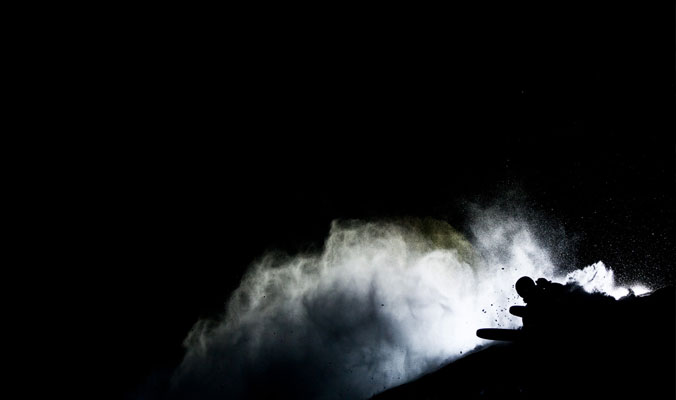
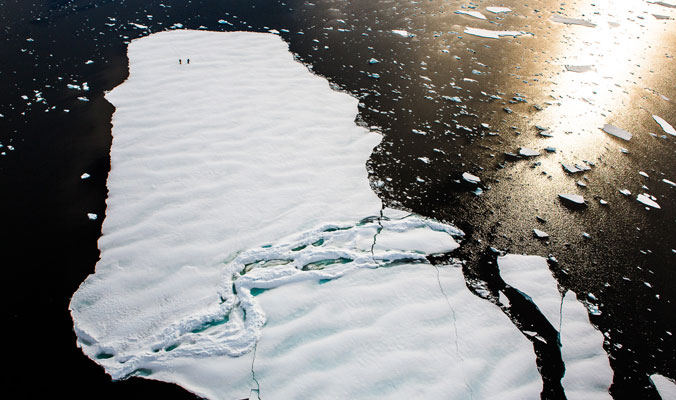
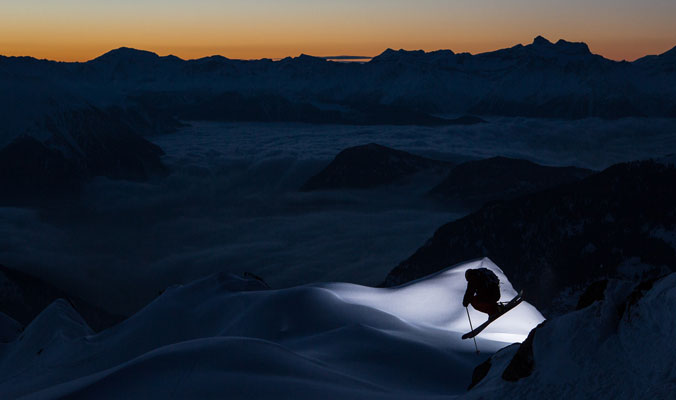
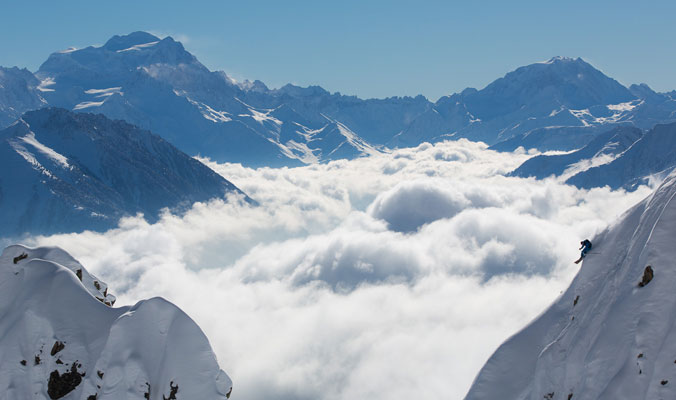

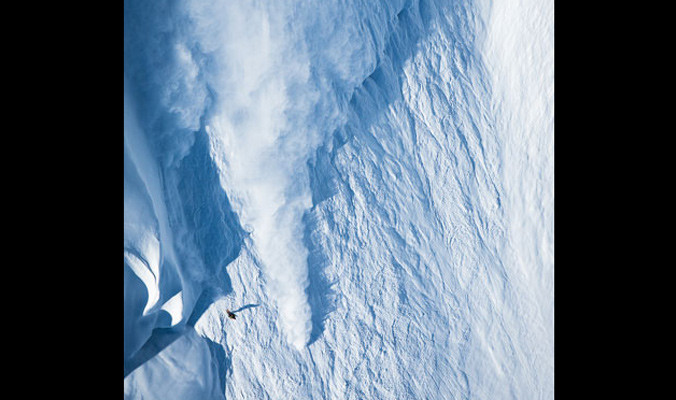
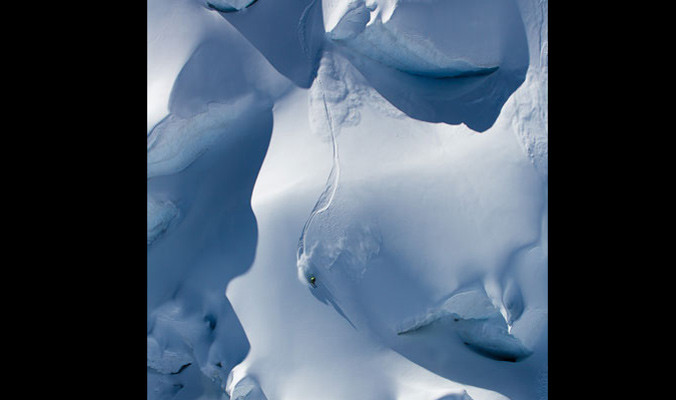
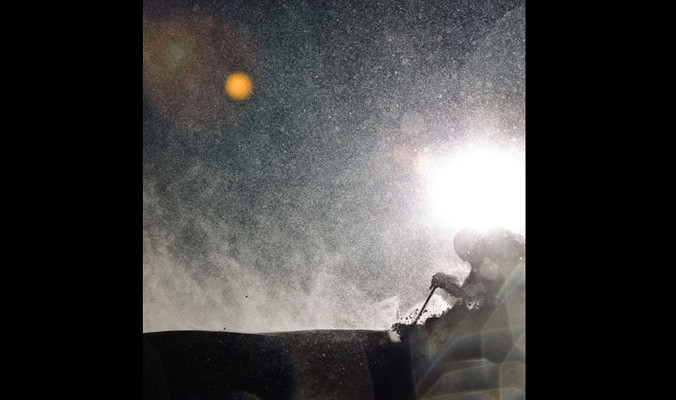
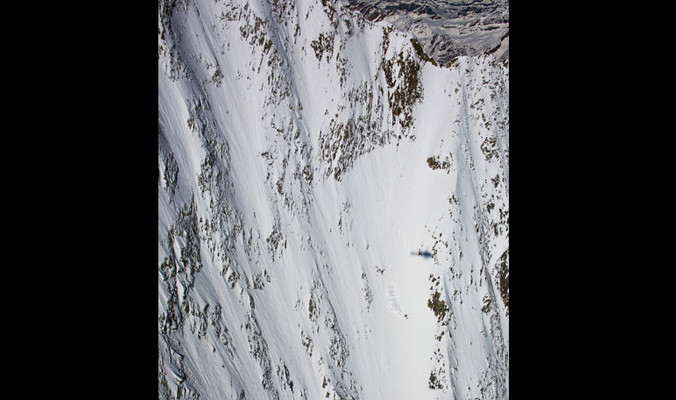
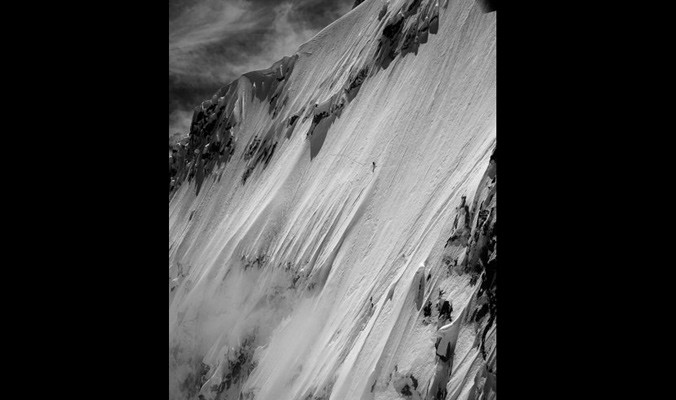








Related posts: